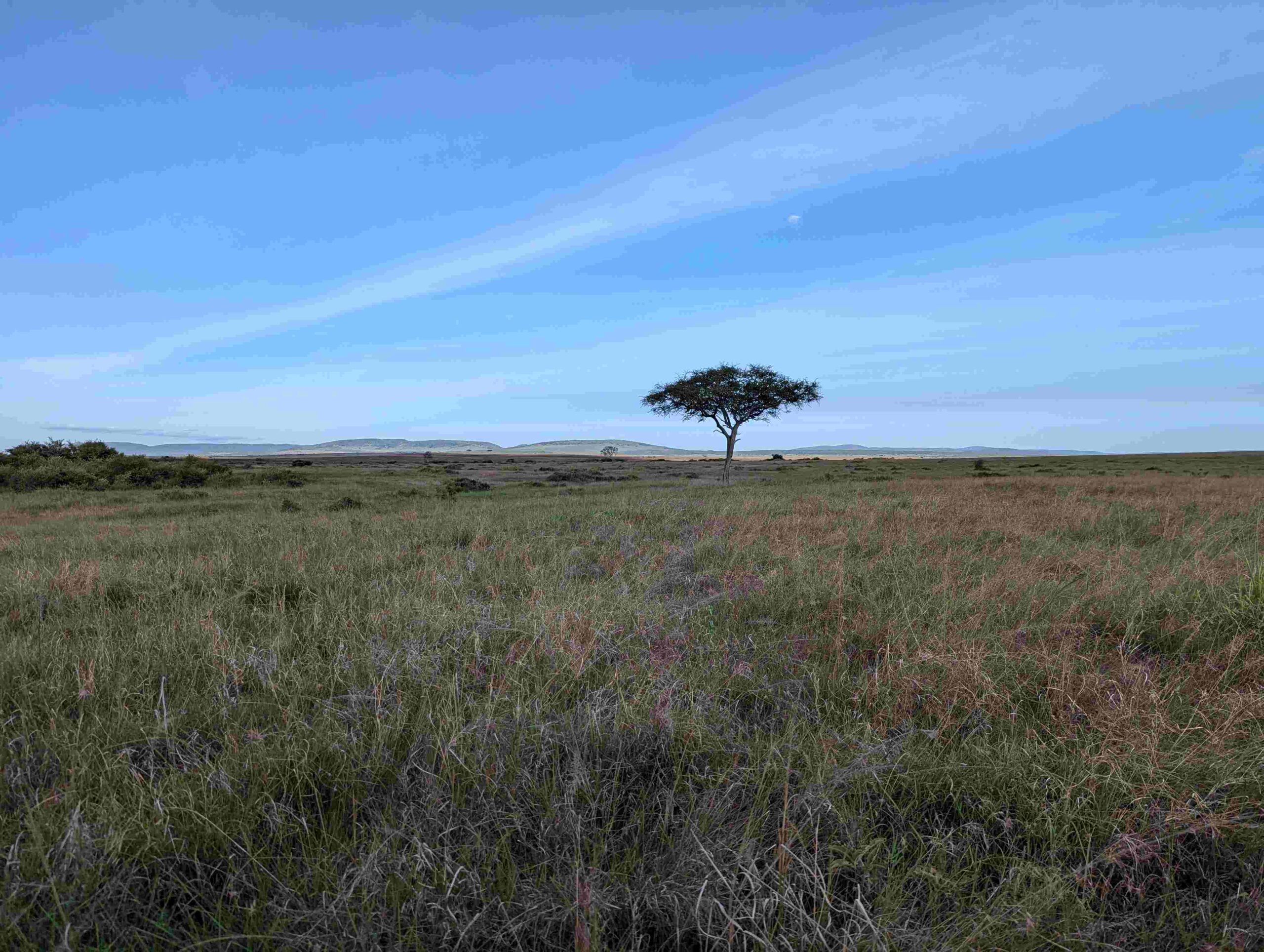From golden savannas to dramatic wildlife encounters, Tanzania Serengeti safari tours offers one of the most visually stunning landscapes on Earth. For photographers—amateur or professional—it’s a dream come true. Here’s why the Serengeti should be at the top of your photography bucket list.
1. Golden Hour Glory
The Serengeti’s vast horizons and open skies create perfect conditions for sunrise and sunset shots. The warm light bathes the landscape in gold, adding drama and depth to every frame.
Pro Tip: Shoot during early morning or late afternoon for soft, directional light.
2. Iconic Wildlife Moments
Whether it’s a lioness stalking prey or elephants crossing a river, the Serengeti delivers unforgettable wildlife action.
Best Subjects: Lions, cheetahs, elephants, giraffes, and the Great Migration
Pro Tip: Use a telephoto lens (200mm+) to capture close-ups without disturbing the animals.
3. Diverse Landscapes
From grassy plains to rocky kopjes and riverine forests, the Serengeti offers a variety of backdrops that elevate your compositions.
Pro Tip: Frame animals against contrasting terrain for visual impact.
4. The Great Migration
Over 1.5 million wildebeest and hundreds of thousands of zebras and gazelles move across the plains in a spectacle of motion and survival.
Best Time to Shoot: June–October (river crossings), January–March (calving season)
Pro Tip: Use burst mode to capture dynamic movement.
5. Birdlife in Full Color
With over 500 bird species, the Serengeti is a haven for avian photography. From lilac-breasted rollers to crowned cranes, the colors are breathtaking.
Pro Tip: A fast shutter speed helps freeze flight and flutter.
6. Human Stories and Culture
Photographing Maasai communities and local guides adds depth and humanity to your safari story.
Pro Tip: Always ask for permission and respect cultural boundaries.
7. Night Photography Opportunities
Some lodges offer guided night drives, perfect for capturing nocturnal wildlife and star-filled skies.
Pro Tip: Bring a tripod and experiment with long exposures.
Essential Gear Checklist
- DSLR or mirrorless camera with manual settings
- Telephoto lens (200–600mm)
- Wide-angle lens for landscapes
- Tripod or monopod
- Extra batteries and memory cards
- Lens cleaning kit
Composition Tips
- Use the rule of thirds for balanced shots
- Focus on the eyes for emotional impact
- Include environmental context to tell a story
- Be patient—great shots often require waiting
#safariphotography #naturephotography #serengetiscenes #wildlifephotos

